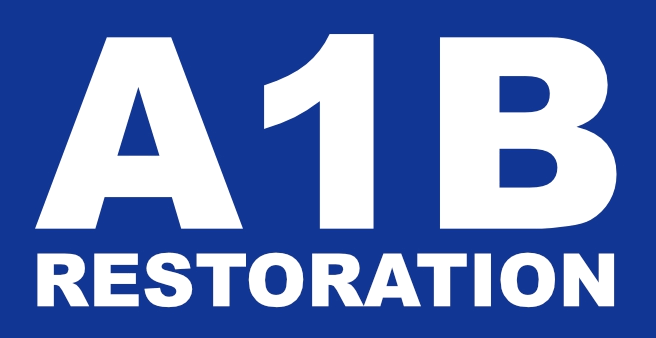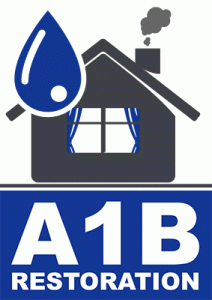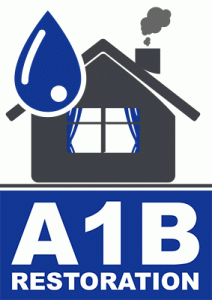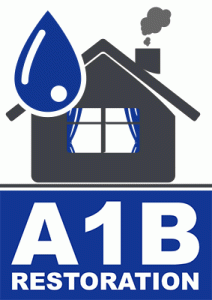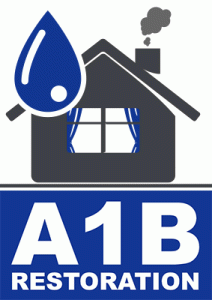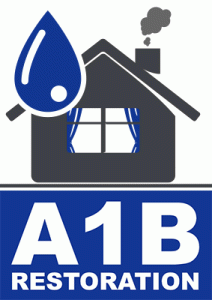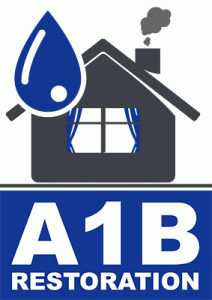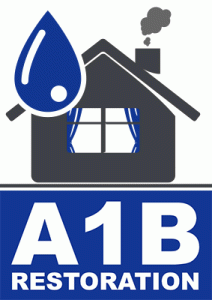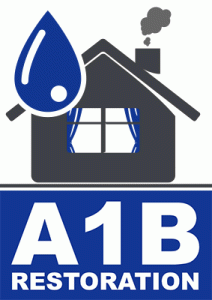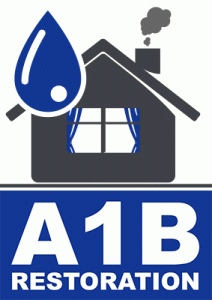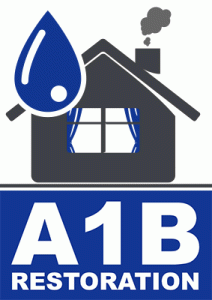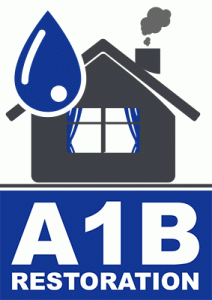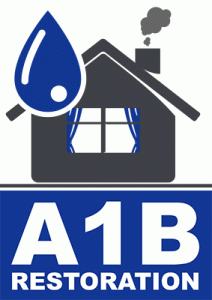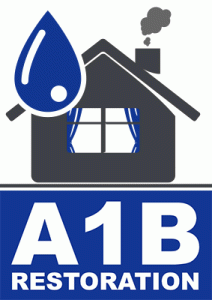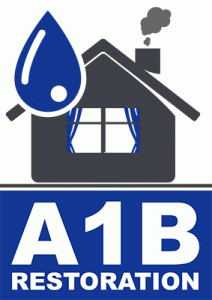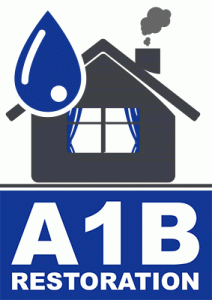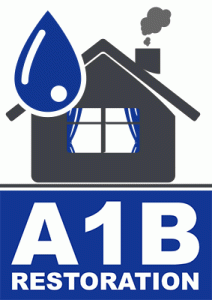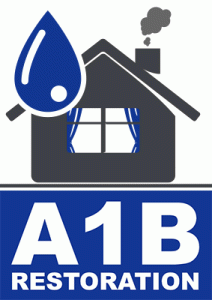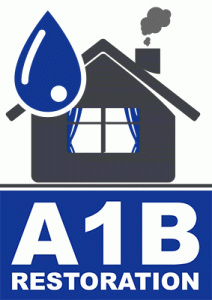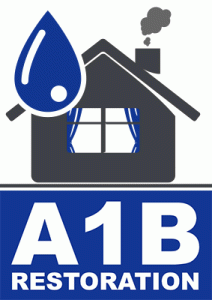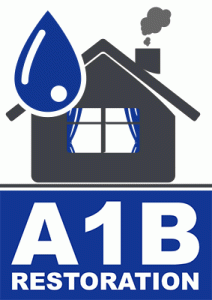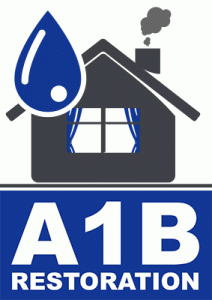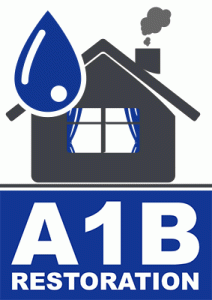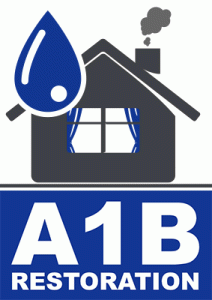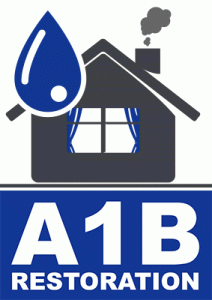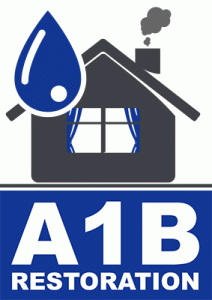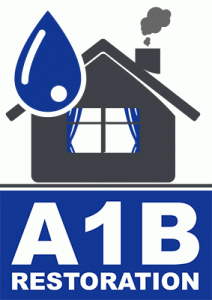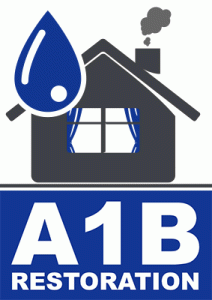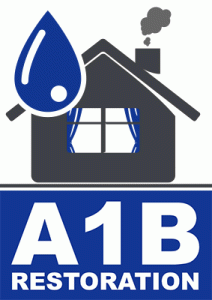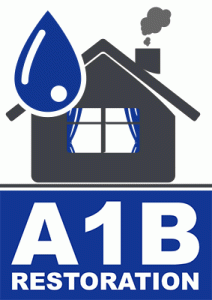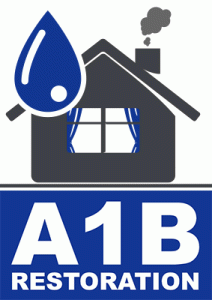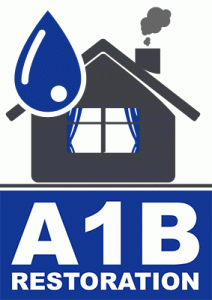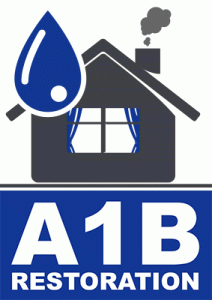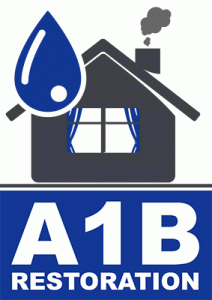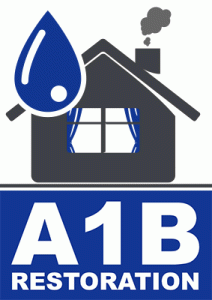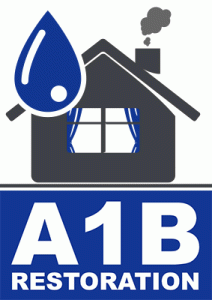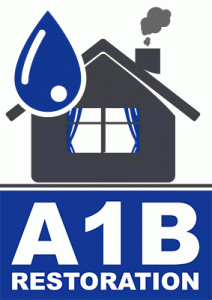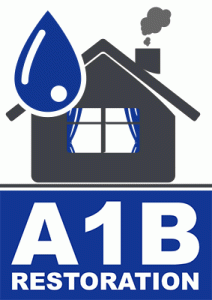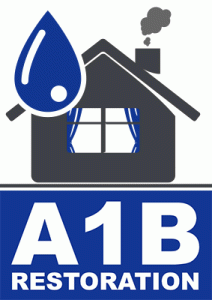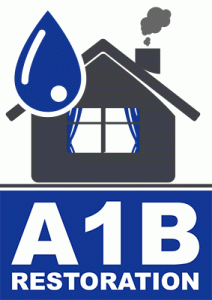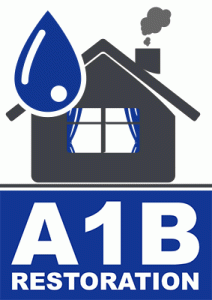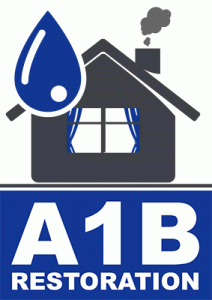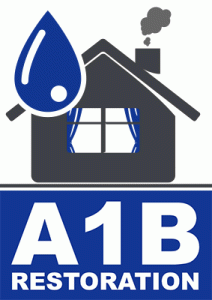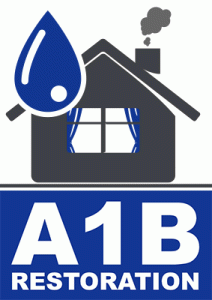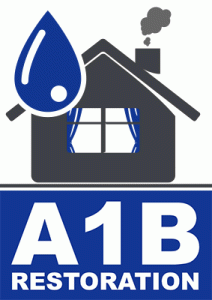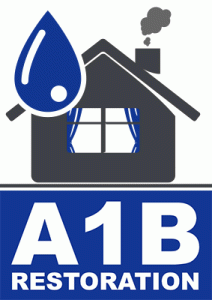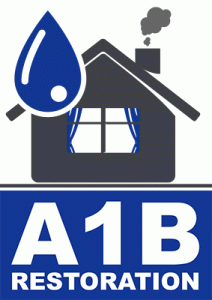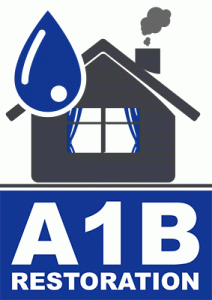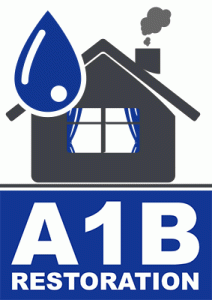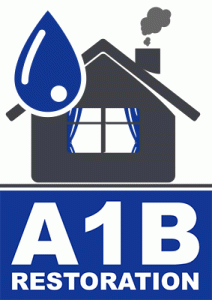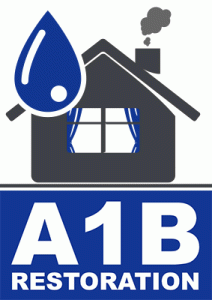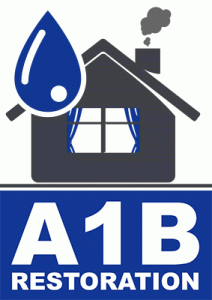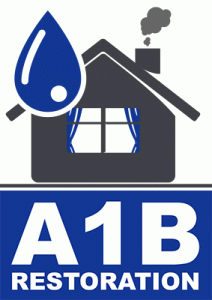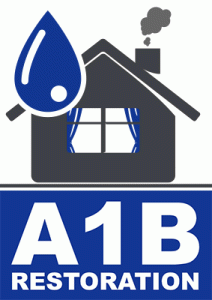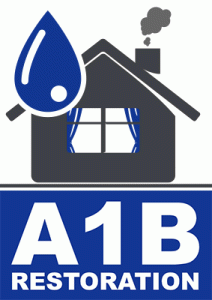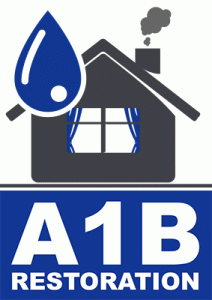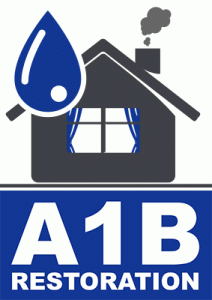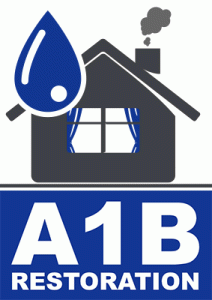Understanding Water Damage Insurance Coverage
Water damage is one of the most common and costly disasters your home can experience. According to the Insurance Information Institute (III), about one in 50 insured homes has a water damage or freezing claim each year. Understanding your water damage insurance coverage is crucial to protect your home and finances. In this comprehensive guide, we will explore what water damage insurance covers, common exclusions, and tips to ensure you have adequate protection.
What is Water Damage Insurance?
Water damage insurance is part of your homeowner’s insurance policy that covers losses due to water damage. This type of coverage typically includes damages from burst pipes, accidental overflow, and other water-related mishaps. However, it’s important to note that not all water damage is covered by standard homeowner’s insurance policies.
Types of Water Damage Typically Covered
Most homeowner’s insurance policies cover the following types of water damage:
- Accidental Discharge or Overflow: This includes water damage from an appliance, such as a washing machine or dishwasher, suddenly malfunctioning.
- Sudden Tearing, Cracking, or Bulging: Damage from sudden tearing, cracking, or bulging of a steam or hot water system.
- Freezing: Damage from pipes freezing and bursting, provided you maintained a reasonable heat level in your home.
Common Exclusions in Water Damage Insurance
While some water damage is covered, there are common exclusions that homeowners should be aware of:
Flood Damage
Standard homeowner’s insurance does not cover flood damage. According to the Federal Emergency Management Agency (FEMA), just one inch of floodwater can cause up to $25,000 in damage. To protect against flood damage, homeowners need to purchase a separate flood insurance policy.
Sewer Backup
Sewer backup is another exclusion in many standard policies. However, you can usually add sewer backup coverage to your policy for an additional premium.
Gradual Water Damage
Damage that occurs gradually, such as a slow leak over time, is typically not covered. Insurers expect homeowners to perform regular maintenance and repairs to prevent such issues.
How to Ensure Adequate Water Damage Coverage
To ensure you have adequate water damage coverage, consider the following tips:
Review Your Policy
Regularly review your insurance policy to understand what is covered and what is not. Pay close attention to the exclusions and conditions.
Consider Additional Coverage
If you live in a flood-prone area, purchasing flood insurance is essential. Additionally, consider adding sewer backup coverage to your policy to protect against potential risks.
Maintain Your Home
Regularly inspect and maintain plumbing and appliances to prevent water-related issues. Immediate repairs can prevent significant damage and costly claims.
Actionable Tips for Filing a Water Damage Claim
If you experience water damage in your home, follow these steps to streamline the claims process:
Document the Damage
Take photos and videos of the water damage as soon as possible. This documentation will be crucial when filing your claim.
Contact Your Insurance Company
Notify your insurance company immediately after discovering the damage. They will guide you through the claims process and provide necessary forms and information.
Prevent Further Damage
Take reasonable steps to prevent further damage, such as shutting off the water supply or covering exposed areas. Keep receipts for any emergency repairs, as these may be reimbursable.
Conclusion
Understanding your water damage insurance coverage is essential to protect your home and financial well-being. By knowing what is covered, recognizing common exclusions, and ensuring you have adequate protection, you can safeguard against unexpected disasters. Regular policy reviews, additional coverage for specific needs, and proactive home maintenance are key strategies. If you experience water damage, act quickly to document the damage and contact your insurer. By being prepared and informed, you can mitigate the impact of water damage on your home.
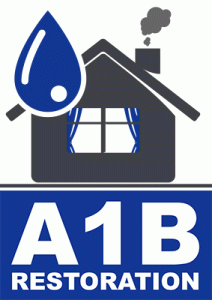
restoration services water damage Richardson Texas
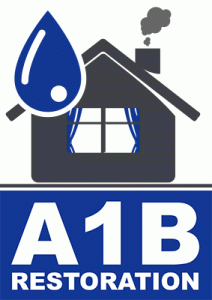
emergency water damage restoration Sunnyvale Texas
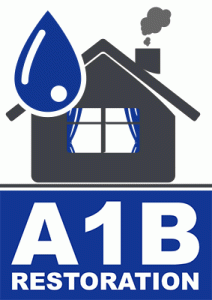
water damage restoration services near me Allen Texas

Grand Prairie Texas disaster restoration companies

North Richland Hills Texas water damage restoration service near me
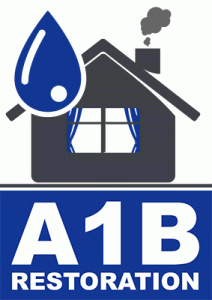
DeSoto TX water damage restoration companies near me

best water damage restoration near me Plano Texas
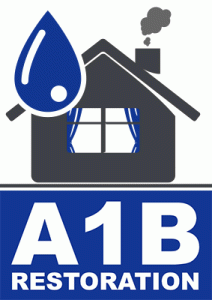
water damage restoration service Colleyville Texas
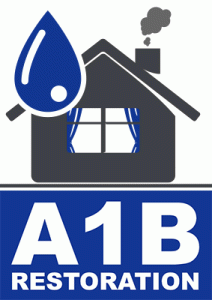
Preston Hollow Dallas Texas restoration water damage companies

Lakewood Dallas Texas water damage restoration service near me
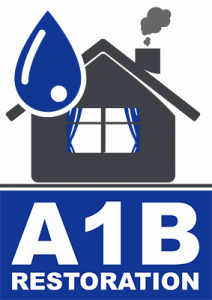
Richardson Texas restoration water damage companies

Wylie Texas water damage restoration service near me
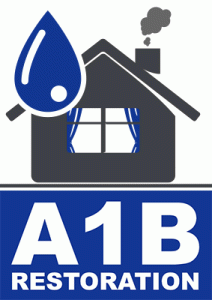
Haltom City Texas water damage restoration service near me
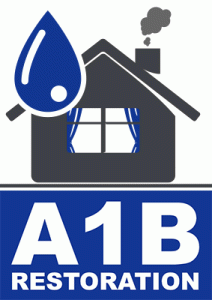
Colleyville Texas water damage restoration service near me
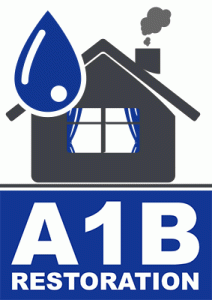
Roanoke Texas water damage restoration service near me

Lakewood Dallas Texas water extraction company near me

Flower Mound Texas restoration water damage companies
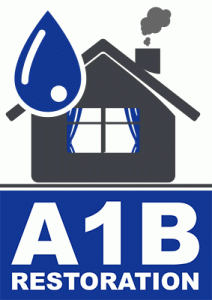
McKinney Texas restoration water damage companies

Plano TX water damage restoration companies near me
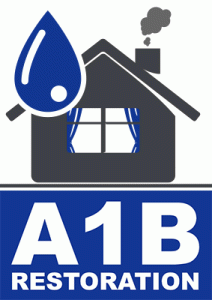
Royse City TX water damage restoration companies near me
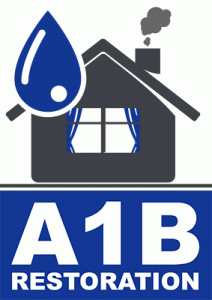
Lake Highlands Dallas TX water damage restoration companies

Lakewood Dallas TX water damage restoration companies
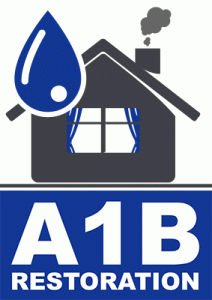
North Richland Hills TX restoration water damage experts
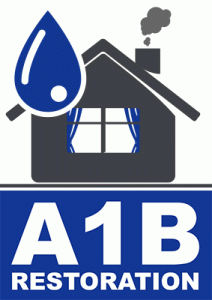
Mesquite TX water damage restoration companies near me

Haltom City TX water damage restoration companies near me
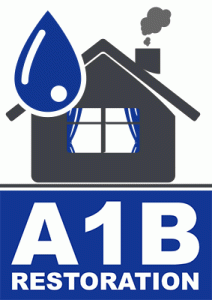
Lakewood Dallas TX emergency water damage cleanup
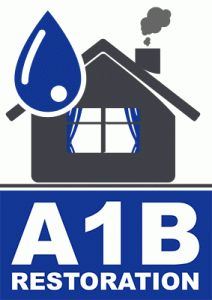
residential water damage restoration Arlington Texas
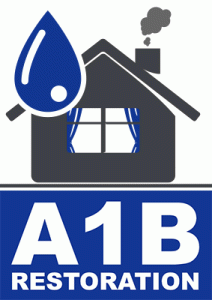
water damage restoration service Duncanville Texas

residential water damage restoration Lake Highlands Dallas Texas
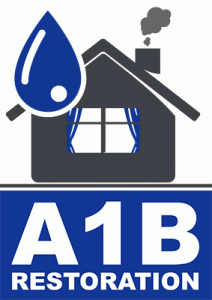
best water damage restoration near me North Richland Hills Texas
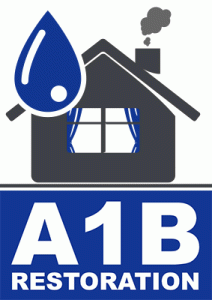
water damage restoration service Carrollton Texas
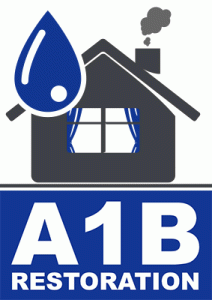
restoration company water damage Colleyville Texas

emergency water damage restoration Arlington Texas
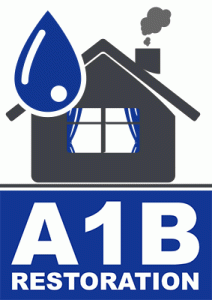
residential water damage restoration Haltom City Texas
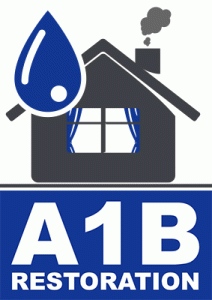
water damage and restoration companies Highland Park Texas

water damage and restoration companies DeSoto Texas

